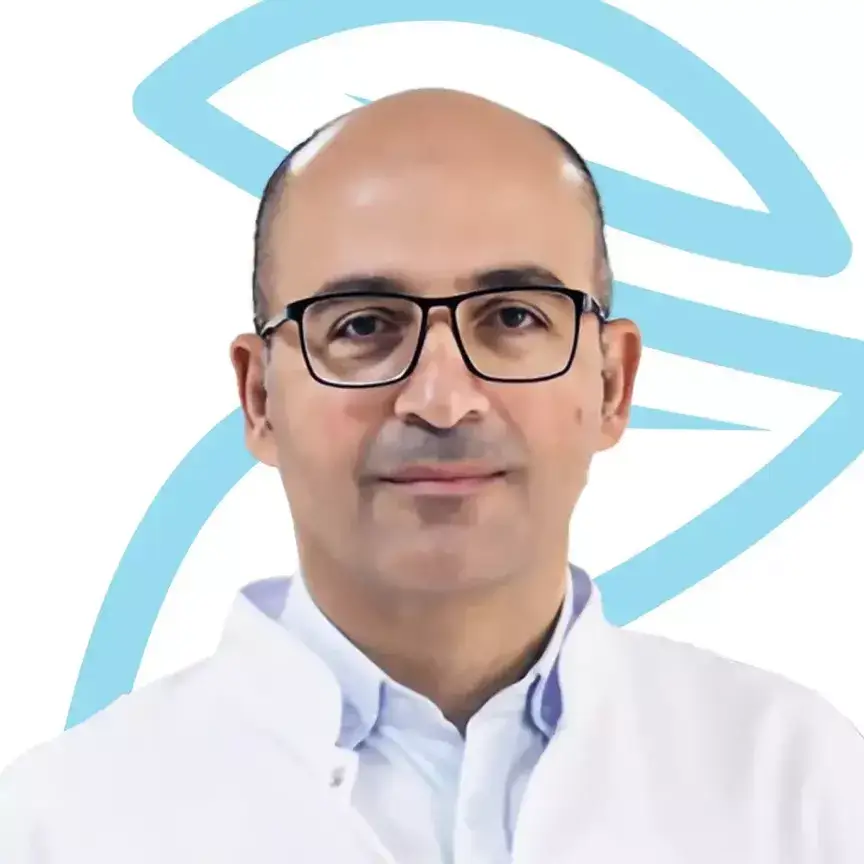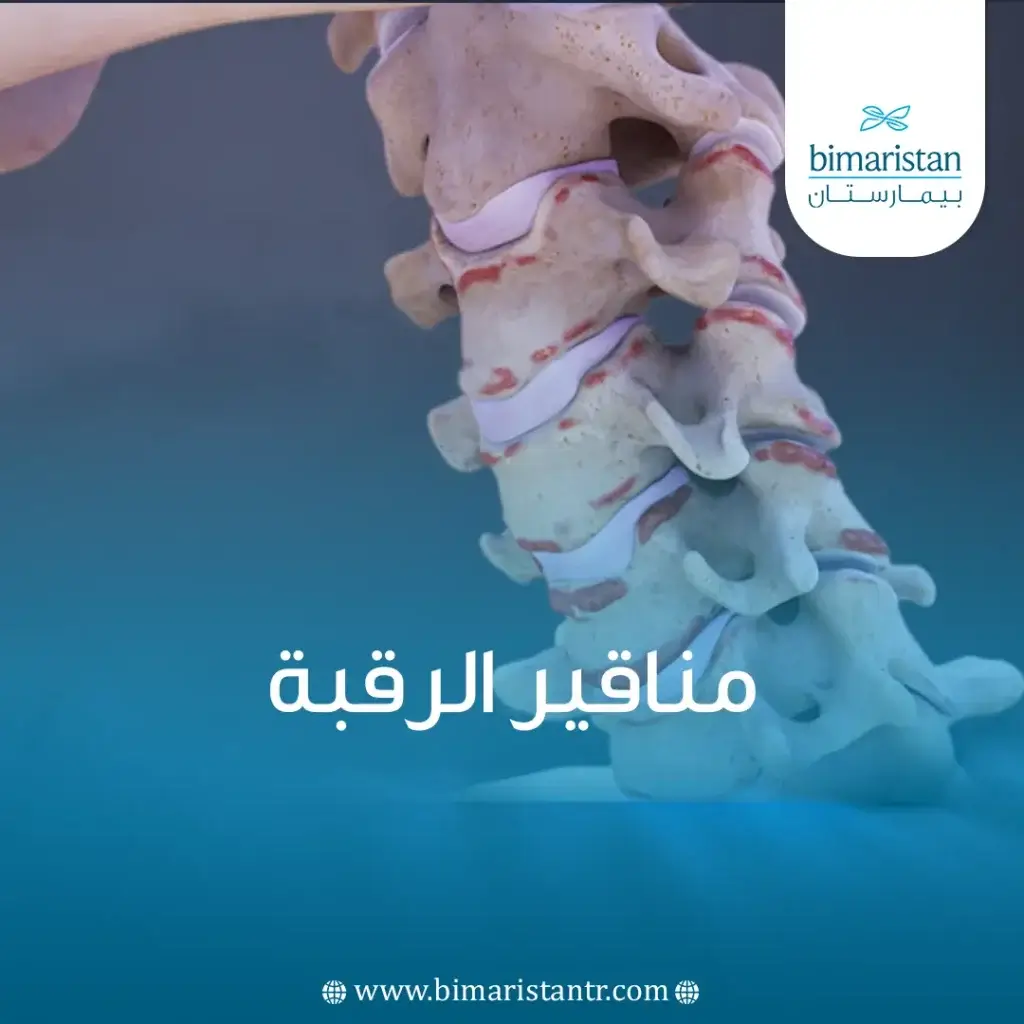The neck is the primary support for the weight of the head, making it susceptible to injuries that cause pain and restrict movement. Cervical bone spurs are common issues, especially in old age and among individuals who use computers for extended periods. Approximately 20%-30% of elderly individuals are affected by cervical bone spurs, which can also occur in younger individuals or even in childhood if accompanied by congenital issues.
The American Academy of Orthopaedic Surgeons has reported that around 85% of individuals aged 60 and above will develop bone spurs.
What are Cervical bone spurs?
Bone spurs in the neck are abnormal bone growths that appear circular or irregular on the surface of the bone. They form as the body’s response to injury or skeletal instability and can develop anywhere along the spine due to the natural degeneration of bones and joints that occurs with aging. These bone spurs are typically found in the cervical vertebrae, from the first to the seventh cervical vertebra.
The bone spurs themselves are not painful, but depending on their size, number, and location, pain can arise. They can impinge on or compress the spinal nerve, leading to symptoms such as numbness, tingling, muscle weakness, headaches, and sharp pain.
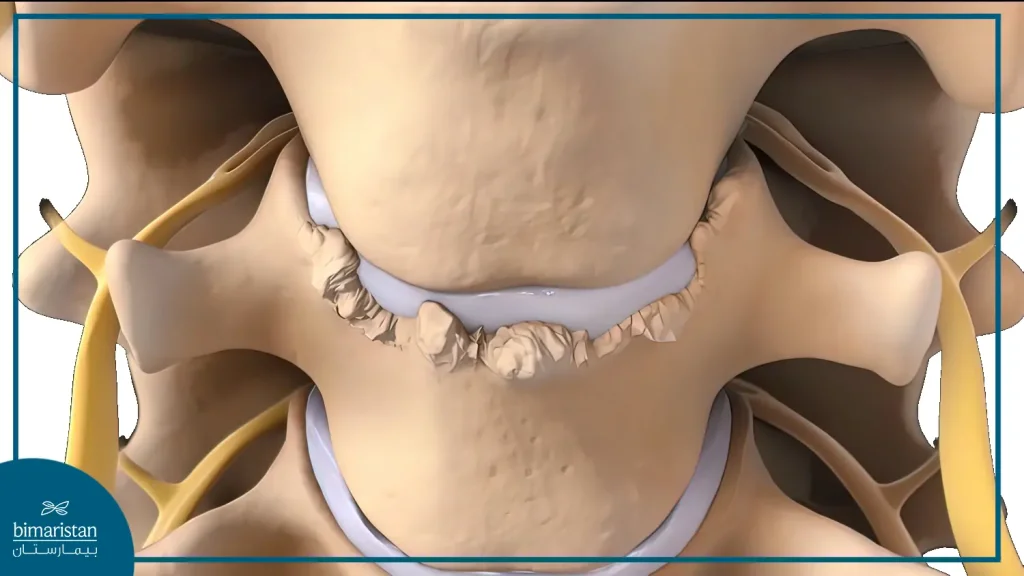
Causes of bone spur on neck vertebrae
Since the neck bears the weight of the skull and is in constant motion, it is susceptible to various injuries, including cervical bone spurs. There are several causes that can lead to the development of cervical bone spurs, including:
Disc Dehydration
The intervertebral discs separate the vertebrae and act as cushions between them. As one age, these discs can dehydrate, leading to the friction of vertebral bones against each other and the formation of cervical bone spurs.
Muscle Strain
Excessive neck strain, such as prolonged sitting in front of a computer or phone, can lead to muscle strain. Even simple activities like reading in bed can strain the neck muscles.
Nerve Compression
Herniated discs in the cervical spine can compress spinal nerves, leading to pain.
Osteoporosis
In cases of osteoporosis, the cartilage in the joints begins to erode, prompting the body to form new bone in an attempt to compensate for the cartilage loss. This can result in the formation of cervical bone spurs.
Poor Posture
Especially when using mobile phones, tablets, and other small screens.
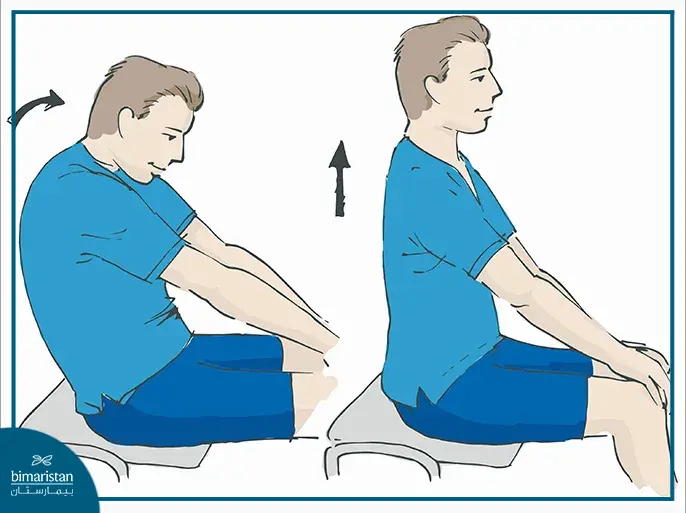
Some Diseases
There are many bone diseases that may contribute to the occurrence of bone spurs:
- Spinal canal stenosis
- Osteoarthritis in the cervical vertebrae
- Arthritis in its various forms
- Diffuse idiopathic skeletal hyperostosis (DISH)
Other Causes Associated with Cervical Osteophytes
There are other reasons that may lead to or exacerbate the occurrence of cervical bone spurs, such as:
- Psychological stress
- Poor nutrition
- Genetic factors
- Injuries and bruises, especially during sports activities and driving
- Some congenital birth defects
Symptoms of Cervical Bone Spurs
For most people, cervical bone spurs do not cause any symptoms, so there is no need to worry about them unless they cause numbness or tingling that spreads to the shoulder and arm. Several symptoms can be observed:
- Pain is the most common symptom of cervical bone spurs. It usually spreads from one side of the neck to the shoulders and hands, and it may spread to both sides.
- Headache: Headaches occur due to the pressure of bone spurs on the neck nerves, which can cause pain at the back of the head or in the eyes.
- Numbness: Sometimes, there is tingling in the hands accompanied by general muscle weakness.
- Reduced ability to move the head
- Muscle tightness and muscle relaxation
- Rare symptoms: Such as difficulty swallowing, indigestion, and breathing problems.
Diagnosis of Cervical Bone Spurs
After taking a medical history, the doctor checks for symptoms in the neck through a clinical examination, assessing the neck’s position, movement, and other potential issues. Subsequently, certain tests and imaging studies may be ordered.
Diagnostic methods are categorized into three types:
Initial Examination
The physical examination includes:
- Checking the range of motion in the neck
- Testing reflexes and muscle strength to determine if there is nerve compression
- Assessing if spinal compression has affected gait and posture
Imaging Tests
Imaging studies can help identify the cause of neck pain. Examples include:
X-rays
X-rays can reveal areas in the neck where nerves or the spinal cord may be compressed.
CT Scan
CT scans combine X-ray images taken from multiple angles to produce detailed cross-sectional views inside the neck.
MRI
MRI uses radio waves and a strong magnetic field to create detailed images of bones and soft tissues.
treatment for bone spurs in neck
Most cervical bone spurts are asymptomatic and do not require treatment. However, if symptoms appear, several treatment options are available.
Non-surgical treatments are usually tried first and are often successful. In rare cases where non-surgical treatments are ineffective, surgery may be considered as a last resort.
Non-surgical Treatments
Rest
Taking one or two days of rest per week and limiting strenuous activities.
Adjusting Posture
Improving body posture can help alleviate symptoms of cervical bone spurs.
Neck Exercises
It is important to keep the neck moving. Simple daily stretching exercises, including neck and shoulder rotations, should be performed. Before doing these exercises, warm up the neck and back with warm water.
Thermal Therapy
Some people find that applying heat or cold to the neck area can help reduce pain. An ice pack or a hot water bag can be used. Alternating hot and cold compresses is recommended to reduce inflammation.
For the first 48 hours, apply cold compresses for 15 minutes several times a day, and after this period, use heat, either through a warm bath or a warm compress.
Physical Therapy
A chiropractor can manually and scientifically adjust the cervical spine, which may help reduce pain and improve the range of motion in some cases.
Medications
Pain relievers may include non-steroidal anti-inflammatory drugs (NSAIDs) such as ibuprofen, naproxen sodium (Aleve), or acetaminophen (Tylenol and others).
These medications should not be used without consulting a doctor, as they may cause serious side effects if overused.
If over-the-counter pain relievers are ineffective, a doctor may suggest prescription NSAIDs or muscle relaxants.
Steroid Injections
Corticosteroids can be administered orally, and sometimes via epidural injection to reduce the severity of symptoms. However, the use of corticosteroid injections is still controversial as they may not lead to long-term improvement and can have side effects.
Herbal Treatment
Considered a somewhat acceptable option, certain herbs can be used:
- Chamomile: Helps reduce pain due to its anti-inflammatory properties and can be consumed or applied topically.
- Ginger: Helps reduce swelling.
- Flaxseed: Contains omega-3 fatty acids that inhibit the inflammatory process and can be applied as flaxseed oil to the bone spur.
Transcutaneous Electrical Nerve Stimulation (TENS)
Electrodes are placed on the skin near the painful areas to deliver small electrical pulses that can relieve pain. However, there is little evidence that TENS effectively treats neck pain.
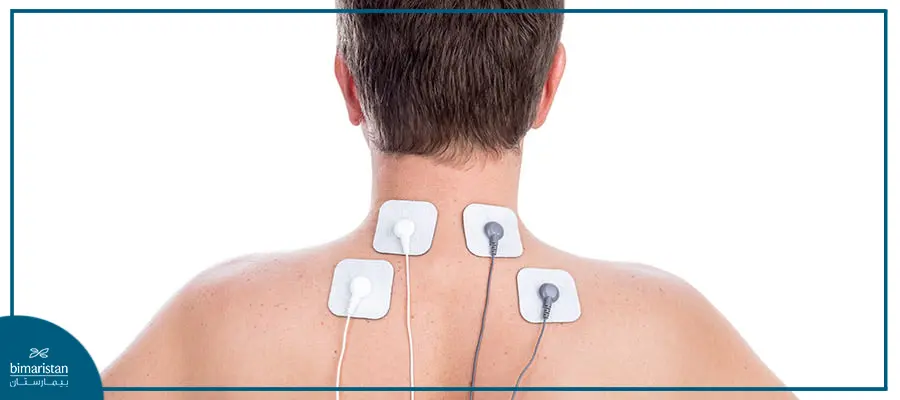
Surgical Treatments
Surgical treatment for bone spurs in the neck is considered only when all other treatments have failed after being tried for an extended period. The type of surgical procedure varies depending on the location of the cervical bone spurs. Some of the most common procedures include:
- Cervical Fusion: This surgery involves fusing the vertebrae together so that they become stable and immobile.
- Anterior Cervical Discectomy: The bone is shaved using a special saw, and the bone spurs are removed.
- Anterior Cervical Corpectomy: The surgeon replaces the damaged vertebra with an artificial one.
- Removal of the vertebral lamina.
Prevention of Cervical Bone Spurs
Most neck pain is related to poor posture and the body’s deterioration with age. Therefore, making some simple adjustments to your daily routine can be very beneficial in preventing cervical bone spurs:
- Maintain Good Posture: Ensure proper posture when standing and sitting.
- Take Frequent Breaks: If you travel for long periods or work for hours on a computer, try to move around in the available space.
- Adjust Your Desk, Chair, and Computer Screen: Make sure the screen is at eye level, and your knees are slightly lower than your hips, using armrests on the chair.
- Quit Smoking: Smoking is associated with neck pain.
- Avoid Carrying Heavy Bags on One Shoulder: Heavyweight on one shoulder can strain the neck.
- Sleep in a Good Position: Keep the head and neck aligned with the body. Use a small pillow under the neck and consider sleeping on your back with your thighs elevated on pillows to help keep the spinal muscles in a straight position.
- Stay Physically Active
If you suffer from chronic neck pain, you can get a free consultation from Bimaristan Center consultants, obtain an accurate diagnosis, and develop a treatment plan. Bone spurs and related conditions, such as osteoarthritis, can be diagnosed through physical examination and imaging tests.
Resources:
- UPMC
- SPINE-health
